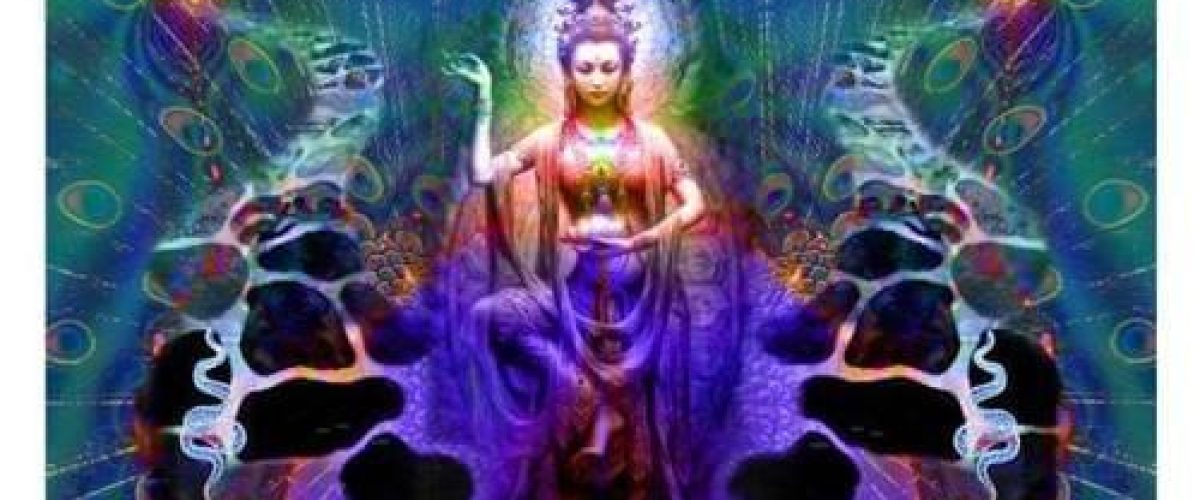‘Internal techniques’ are rare but not uncommon in professional practices. Some examples include massage of the Pterygoids (muscles on the insides of a person’s mouth, commonly addressed in jaw dysfunction) and the Coccyx-bone (addressed at times in response to physical trauma of the coccyx).
In the past, Western therapists have considered the physical and emotional bodies to be completely separate. We now know the emotional body may be conceptually differentiated from the physical anatomy of the loco-motor system.
In short, we may call ‘The Anatomy of the Emotional Body’ to be those muscles which contract or retain tension in relationship to emotional or psycho-social stressors, holing close relationship to the postural and balance systems, namely: the pelvic diaphragm, the thoracic diaphragm, the cervical diaphragm (glottis), the deep spinal muscles, core muscles, muscles innervated by the brain itself (upper shoulders, jaw and some neck muscles), groin, anus and inner thighs, as well as some abdominal musculature.
The Emotional Body may also have its own neural networks, most likely involving the enteric nervous system of the gut. In the brain for instance, we know the putamen nucleus of the basal ganglia is related to motor tasks, whereas the caudate nucleus of the basal ganglia is related more to the cognitive and emotional back-drop of these tasks. Another example is the midline cerebellum, which is related to co-ordination of motor function, whereas the lateral cerebellum has links to the cognitive and emotional elements of these tasks.
The functions we see associated with the older, more primal brain includes: SOUND, BREATH, MOVEMENT, TOUCH, SPATIAL AWARENESS, as well as DIGESTION and the PRO-CREATIVE faculties. Clinical-practice overwhelmingly suggests the combination of these functions to be the window for engaging the anatomy of the Emotional Body, allowing for the healing of the embodied, physical and neurological component of EMOTIONAL-TRAUMA. Is there also a role for internal techniques in regards to the ‘Anatomy of the Emotional Body’?
Case-study: A man presents with urogenital dysfunction following a mildly traumatic vasectomy. No anatomical rationale was found for the man’s symptoms and psychological intervention was not helping.
Question 1: Could the surgery have provided a stressor to the EMOTIONAL BODY in the region?
Question 2: Could there be a rationale to the apply techniques of: SOUND, BREATH, MOVEMENT, TOUCH, SPATIAL AWARENESS to the perineum, with an intention to decrease pain and increase function?
Case Study 2: A woman presents with post-operative cancer of the uterus, a history of penetrative sexual-abuse and psychological damage to her personality. Since post-operative surgery she reports internal numbness of her sexual centres (effecting her capacity to develop relationship), neurological testing suggests the trauma to be non-physical and she is non-responsive to two years of verbal psychology care.
Question: Could there be a rationale for the application of internal techniques to the region which is potentially ‘anchoring’ the emotional trauma, with an intention to decrease inhibition of sensation and encourage re-association to the region?
Question 2: What sort of practitioner would have the skill-set to meet this situation in a safe, effective way, to satisfy the situation with appropriate: Clinical History, Informed Consent, Outcomes Assesment and a capacity to liase with the client’s other pertinent / appropriate health care practitioners?
There is a growing sub-group culture emerging within the healing community addressing these sorts of healing situations/crisis/trauma, being offered by a branch of the Yoga Community operating under the banner of ‘Tantra Practitioners’. Anecdotally, the processes and practices involved seem to elicit moderate emotional releases, large clinical shifts and also interestingly a ‘spiritual’ experience/dimension to the work, with a model inter-linking sexuality, trauma and consciousness.
The anatomical nature of these healing practices obviously opens itself to an entanglement between the EMOTIONAL BODY and the SEXUAL BODY, especially so in an unregulated field. Perhaps this work will evolve to the point where its validity is established and be regulated with safe, formal training.
Love Chantelle and Simon

